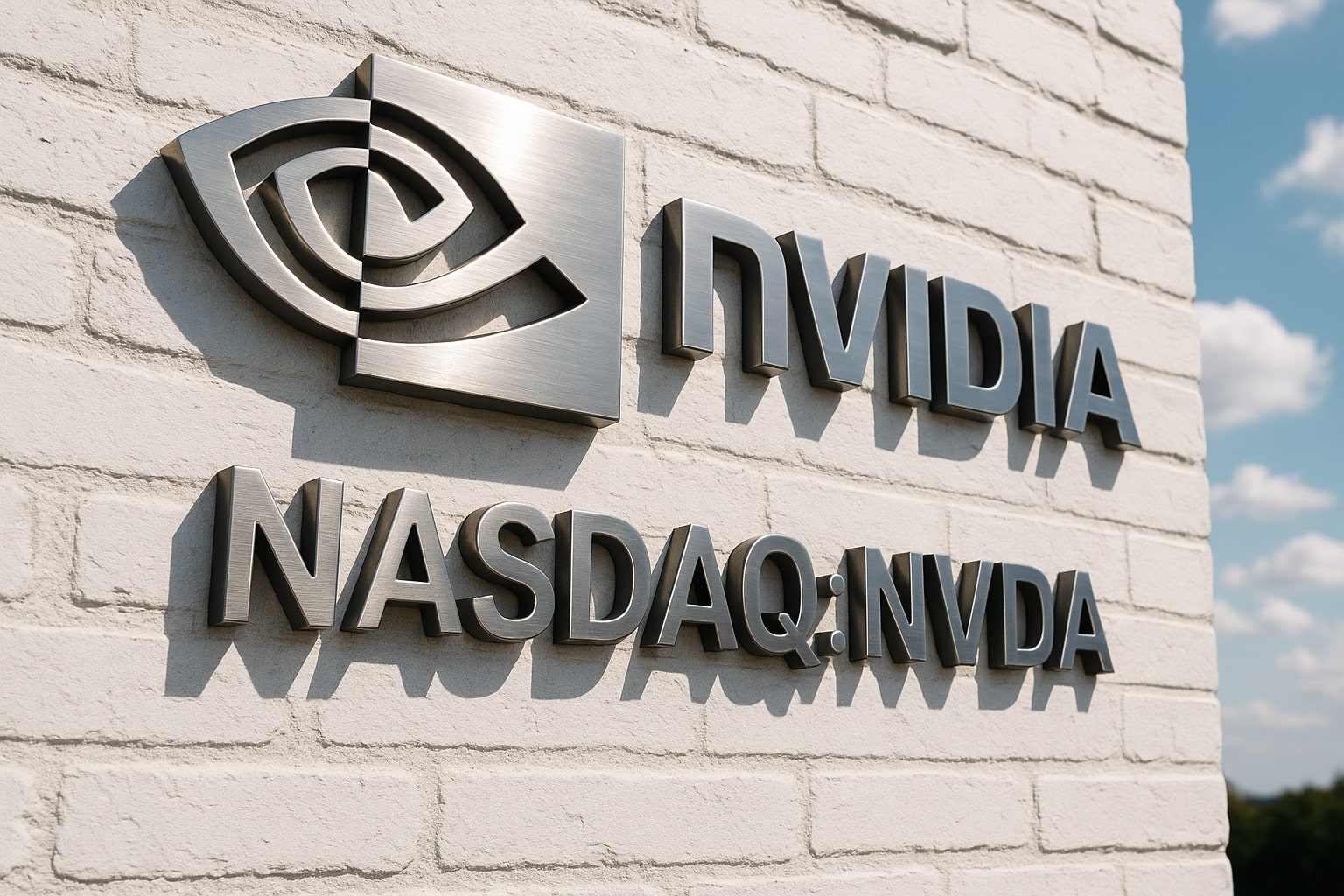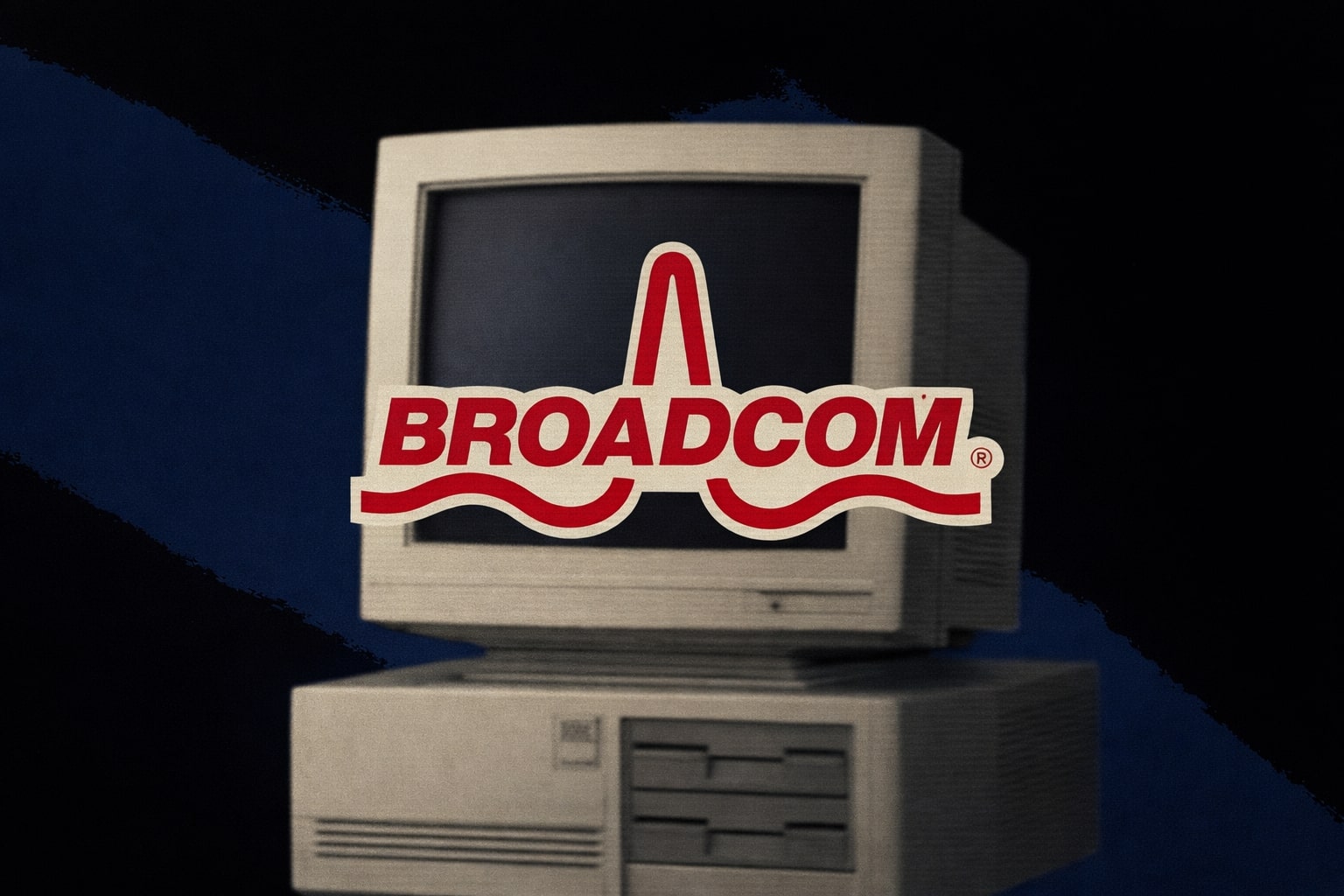
Nvidia Stock Price Surges on $46.7B Revenue, AI Data Center Growth, and Quantum Expansion
NVDA gains 47% in six months as AI infrastructure fuels record sales, insider transactions spark debate, and Wall Street targets stretch toward $245 amid China trade risks and quantum bets | That's TradingNEWS
Nvidia (NASDAQ:NVDA) Extends AI Dominance Amid Record Revenue, Insider Selling, and Quantum Bets
AI Infrastructure Growth Keeps Driving NASDAQ:NVDA
Nvidia NASDAQ:NVDA continues to set the pace in global semiconductors with revenue of $46.7 billion in Q2’26, up 56% year-over-year, and guidance for Q3 at $54 billion, pointing to sustained demand for accelerated computing. The data center business, already above $41 billion in quarterly sales, remains the engine, fueled by hyperscalers building out massive capacity. OpenAI and Oracle’s Stargate project alone plans to deploy 64,000 Nvidia GB200 GPUs in Abilene, Texas by 2026, while a fresh 4.5GW data center commitment signals multi-trillion-dollar infrastructure demand through the decade. Networking products like Spectrum-X and NVLink posted 98% annual growth, highlighting Nvidia’s grip not just in compute but in the plumbing of AI itself. Management pegs the addressable market for accelerated computing at $3–4 trillion by 2030, underscoring why Wall Street firms like JPMorgan, UBS, and Craig-Hallum maintain buy ratings with targets between $205 and $245 per share.
Valuation Tension Versus Growth Trajectory
Despite the powerful growth, NVDA’s valuation commands scrutiny. Shares trade at roughly 38x forward earnings and about 25x sales, multiples that leave little room for missteps. Analysts are split: some, like Stifel, see upside to $212 on the back of AI infrastructure spending, while skeptics point to the need for “near-perfect execution.” Still, with $56.8 billion in cash versus $8.5 billion debt, a net cash position of $48 billion, and $13.45 billion free cash flow last quarter, Nvidia has both the balance sheet and buyback authorization—$74.7 billion approved—to keep rewarding shareholders. For investors, the choice is whether the scale of AI adoption justifies paying a premium multiple.
China Remains a Strategic Flashpoint
The export-restricted H20 GPU remains a central uncertainty. Nvidia is negotiating with U.S. regulators on licensing, while Beijing has told domestic firms to scale back H20 usage, citing national security. Even so, Nvidia expects $2–5 billion in H20 shipments in Q3 if trade negotiations stabilize. Management still sees a $50 billion Chinese AI market opportunity with 50% annual growth potential. If this window reopens, NVDA could extend its growth curve far beyond current guidance. Conversely, prolonged restrictions could trim billions from annual revenue. With the U.S. imposing 15% export duties on certain chips, the company walks a fine line between geopolitics and execution.
Quantum Computing Push Shows Nvidia’s Next Bet
Beyond AI, Nvidia is laying groundwork for the next technological frontier. The company invested in Quantinuum, a Honeywell-backed quantum computing firm valued at $10 billion. Quantum remains nascent, but Nvidia’s move suggests conviction that commercialization may arrive sooner than expected, positioning it to integrate quantum alongside its GPU and AI dominance. This diversification into quantum echoes Nvidia’s long-term playbook: identify inflection points early, build ecosystem control, and then monetize at scale.
Read More
-
DGRO ETF Price: Is DGRO at $69.17 Still the Better Dividend-Growth Bet?
17.12.2025 · TradingNEWS ArchiveStocks
-
XRP Price Stuck Below $2 As XRPI at $10.74 and XRPR at $15.26 Ride $1B+ ETF Inflows
17.12.2025 · TradingNEWS ArchiveCrypto
-
Natural Gas Price Forecast - NG=F Steady Near $4 as TTF Jumps on Colder Forecasts and LNG Outage Risk
17.12.2025 · TradingNEWS ArchiveCommodities
-
USD/JPY Price Forecast: USDJPY=X 155.50 Pivot Before BoJ Hike and US CPI
17.12.2025 · TradingNEWS ArchiveForex
Competitive Landscape: AMD Gains, Intel Trails
While Nvidia leads the AI race, rivals are not standing still. AMD has gained 34% this year, leveraging its MI355 and MI400 GPUs for inference and new EPYC server chips. Analysts like Truist’s William Stein have upgraded AMD to Buy with a $213 target, citing growing credibility among hyperscalers. Intel, despite $5.7 billion in U.S. government backing and SoftBank’s $2 billion investment, still struggles with strategic clarity. Wall Street rates Intel largely as Hold, underscoring its reliance on subsidies rather than AI-driven demand. In contrast, Nvidia remains the preferred pick for AI exposure, with 35 Buys against only one Sell on Wall Street consensus, averaging a $211.14 price target.
Technical Levels and Market Sentiment
Shares of NASDAQ:NVDA have surged 47% over the past six months, hitting a $4.16 trillion valuation. Momentum has cooled somewhat, with near-term resistance around $178–180 and support levels anchored at $165. A breakout above $180 could re-ignite institutional flows, particularly with AI ETF allocations growing. Conversely, a miss on China shipments or delays in Blackwell Ultra could test downside to $160. Options activity reflects elevated implied volatility, suggesting traders are bracing for larger swings tied to both trade policy and AI demand updates.
Final Investment View on NVDA
Balancing rapid revenue acceleration, dominant technology, and a stretched multiple, Nvidia sits at the center of the AI revolution. With Blackwell racks scaling to 1,000 units per week, data center demand surging, and global sovereign AI buildouts, the fundamental growth story is undeniable. Risks around valuation and geopolitics temper the bull case, but Nvidia’s combination of $74.7 billion buyback firepower, quantum expansion, and unrivaled AI market share keeps it at the forefront of semiconductors. Given the weight of the data, the call leans toward Buy, with conviction that demand for accelerated computing will sustain premium multiples and justify upside toward the $220–$245 range despite interim volatility.


















